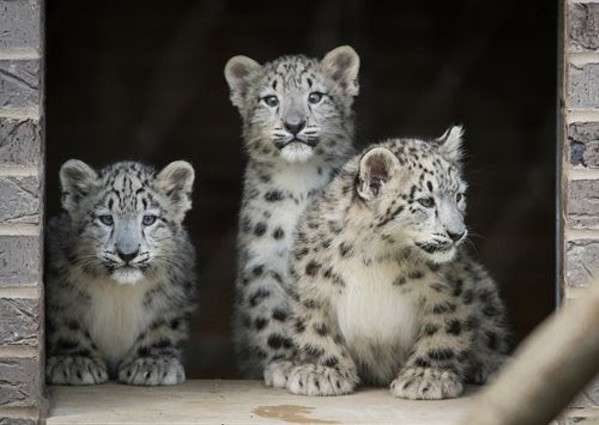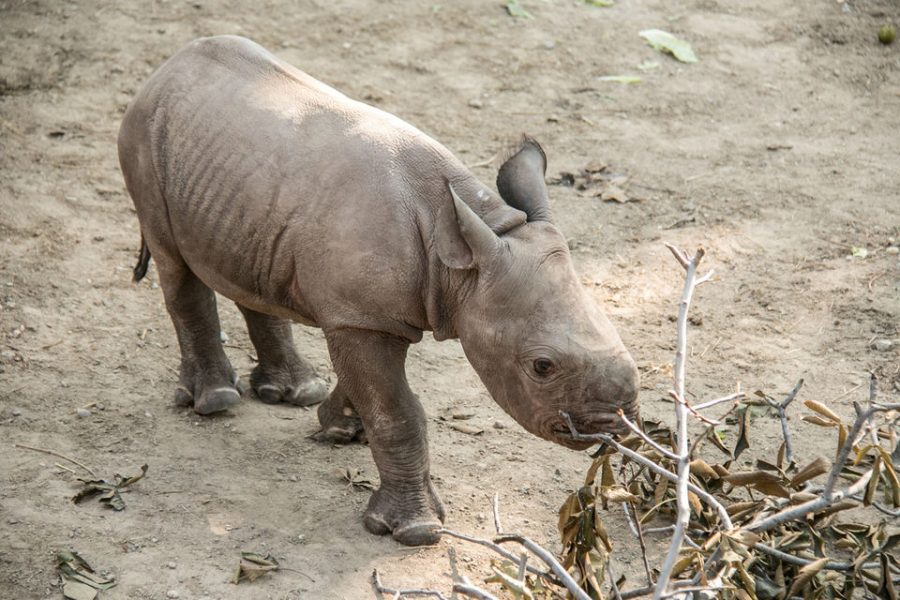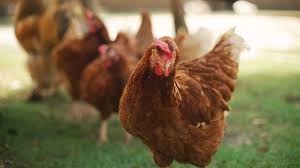Cleveland Metroparks Zoo welcomes new baby rhino
An Eastern Black Rhino was born at Cleveland Metroparks Zoo on August 20, 2018. This was the second Eastern Black Rhino born at Cleveland Metroparks Zoo this year. In total, seven eastern black rhinos have been born at the zoo.
Voters chose between the names Nia, Dalia, and Zina. On September 30, the name with the most votes, Nia, was chosen.
When born, Nia was approximately 75 lbs. Now, she weighs 270 lbs and is still nursing from her mother. She sleeps approximately 12 hours a day.
Nia shares space with her mother and occasionally Lulu, a black rhino who was born in February. She even gets to spend time with her mother, grandmother, half sibling, and father. The rhinos are located in the Rhinoceros Exhibit located near the Africa area.
According to a zookeeper who works with Nia, “Nia primarily plays in the morning. Running, sparing with mother and other calf .” She also takes part in other “enrichment activities” to provide exercise and problem solving practice.
In the first few weeks of Nia’s life, she was not visible to the public, in order to let her bond with her mother. During this time, people could watch live videos of the rhino.
When asked the process of raising a calf the representative stated, “Ideally, we provide all the resources for the mother to raise the calf.”
While Igne, Nia’s mother, was pregnant, the caretakers monitored her health and the progression of the pregnancy, and they made preparations to set up a stall to accommodate the newborn.
The Cleveland Metroparks Zoo is in an Accredited Zoo and Aquarium Association (AZA). They are also participants in the Black Rhino Species Survival Program (SSP). The SSP will help them plan for a potential transfer of this calf to another facility based on genetics and demographics. These moves, based on factors such as age and gender are designed to meet the needs of the rhino population.
The Eastern black rhino is an endangered species. According to the World Wildlife Foundation, between 1960 and 1995, their population dropped 98 percent. Due to their horns, they are hunted in the wild.
Zoos get a lot of backlash for keeping animals in captivity. However, they can be beneficial to raising the population of endangered animals.
 According to ClevelandMetroparks.com, the executive director of the Cleveland Metroparks Zoo, Christopher Kuhar, announced, “We’re very excited to welcome our second Eastern black rhino calf born here at Cleveland Metroparks Zoo this year. We hope these significant births inspire guests to learn more about these critically endangered species and how they can help protect Eastern black rhinos in the wild.”
According to ClevelandMetroparks.com, the executive director of the Cleveland Metroparks Zoo, Christopher Kuhar, announced, “We’re very excited to welcome our second Eastern black rhino calf born here at Cleveland Metroparks Zoo this year. We hope these significant births inspire guests to learn more about these critically endangered species and how they can help protect Eastern black rhinos in the wild.”
Black Rhinos range in Kenya, South Africa, and Namibia. Their habitat is in grasslands, forests, and lower field areas close to rivers with access to water and mud. The average lifespan is 40 years in captivity; it is unknown how long they live in the wild.
In the wild, rhinos eat branches, bark, leaves and vines as well as fallen fruit, long grasses, and green clover. In the zoo, they have an herbivore diet. Mostly they eat alfalfa hay.
In the wild, black rhinos can be dangerous animals, sometimes charging when they encounter a disturbing smell or sound. Rhinos mostly rely on their sense of smell to perceive danger.
Some have thrown people in the air with their horns, and they regularly charge vehicles and campfires. When they charge, they gallop.
Rhinos are usually tolerant of others if they are familiar with them, but they mark their territory feces and urine. Most conflicts involve strange beings moving across their territory.
ClevelandMetroparksZoo.com reported, “Black rhinos have head and body length of 10 to 12 feet. Tail length, about 2.3 feet. They have two horns, with the anterior horn larger than the posterior, being about 1.6 feet long.”
Typically, female rhinos give birth every 2 to 5 years. Most calves weigh about 88 lbs at birth. Mating is often initiated by the female charging the male.
Due to the endangered classification of the Eastern black rhino, Nia’s birth was largely celebrated. Her caretaker noted, “To see the calf explore their new surroundings and gain coordination is the most interesting.” Her arrival was anticipated by zoo-goers, and many flocked to see her in her first weeks visible to the public.
 In addition to the baby rhinos, three baby snow leopards were born on April 22. According to Cleveland.com, “Snow leopards are an at-risk species with fewer than 7,000 animals in the wild. The species was removed from the endangered list in 2017.”
In addition to the baby rhinos, three baby snow leopards were born on April 22. According to Cleveland.com, “Snow leopards are an at-risk species with fewer than 7,000 animals in the wild. The species was removed from the endangered list in 2017.”
Cleveland.com also stated, “The zoo began working with the conservation organization Snow Leopard Trust in 1998.”
The snow leopards were named Bodhi, Omid, and Zara after a vote from the public.
With the births of the leopards and the rhinos, Cleveland Metroparks Zoo is creating excitement and perhaps a greater appreciation of these animals.












